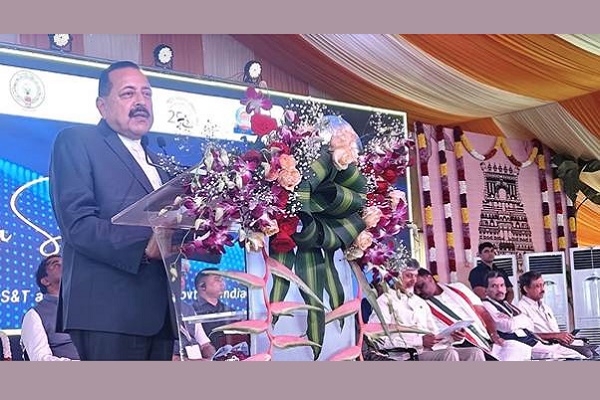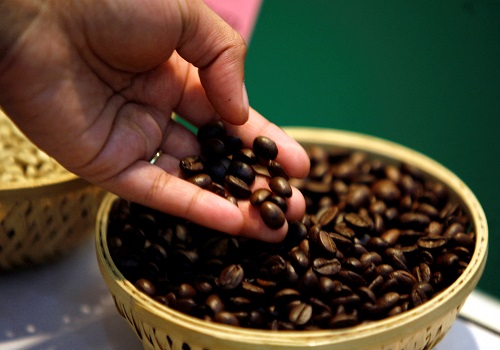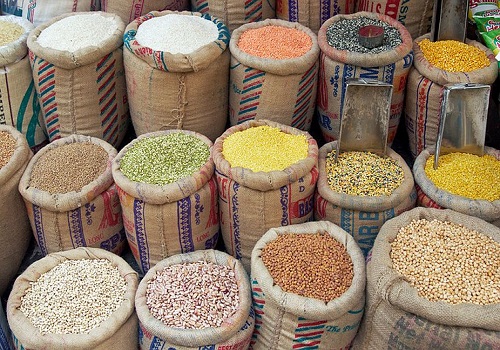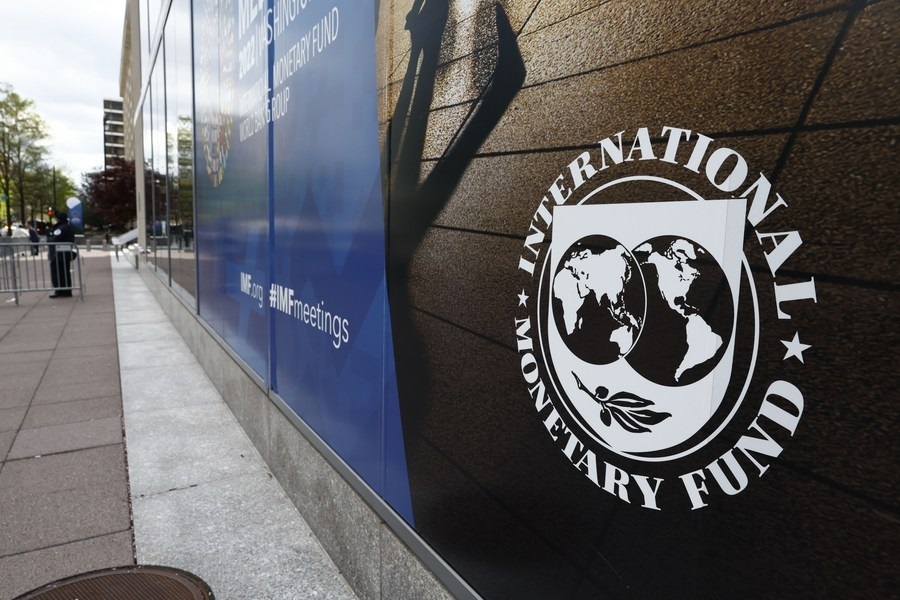Surplus Rain Boosts Kharif Sowing to 85% Coverage by Amit Gupta, Kedia Advisory

Helped by over 6% surplus rainfall during June-July, Indian farmers have covered 85% of the normal kharif sowing area, reaching 932.93 lakh hectares (lh) as of August 1, a 5.1% rise over last year. Timely planting may support normal yields, though concerns remain over potential excess rain during September. Paddy sowing jumped 16.7%, while pulses saw mixed trends. Maize acreage rose significantly, but oilseeds and cotton areas declined. Overall rainfall reached 500.8 mm, 4% above the long-period average. Regional rainfall was highly uneven, with central and north-west India receiving a surplus and east and south India facing deficits.
Key Highlights
* Kharif sowing up 5.1% at 932.93 lh as of August 1.
* Paddy area surges 16.7% year-on-year to 319.4 lh.
* Oilseeds and cotton acreage fall by 4% and 2.4%, respectively.
* Rainfall surplus at 6% supports timely sowing, aiding yield prospects.
* Uneven monsoon: North-west and central India surplus; east and south deficient.
India’s kharif sowing gained momentum, covering 932.93 lakh hectares (lh) as of August 1 — a 5.1% increase over the same period last year — aided by more than 6% surplus rainfall in June-July. This translates to 85% of the normal kharif area of 1,097 lh being covered, improving yield prospects with timely crop planting.
Prices of major crops could remain steady or firm if weather remains favorable in the pre-harvest phase. The sharp rise in paddy sowing — up 16.7% to 319.4 lh — is a key supportive factor. However, farmers’ shift to more remunerative crops like groundnut and soybean caused oilseeds acreage to shrink 4% to 171.03 lh. Cotton area also dipped 2.4% to 105.87 lh.
Among pulses, the overall acreage slightly declined to 101.22 lh, with urad and arhar area down, while moong acreage rose. Nutri and coarse cereals saw a 4.7% increase, primarily driven by a jump in maize planting, which grew 11.7% to 91.62 lh. Bajra, ragi, and jowar, however, registered marginal declines.
Rainfall data from the India Meteorological Department revealed cumulative rainfall between June 1 and August 4 at 500.8 mm — 4% above the long period average (LPA). Central India (Odisha, Chhattisgarh, MP, Maharashtra, Gujarat) received 15% excess rain, and the north-west (Punjab, Haryana, UP, Rajasthan) saw a 21% surplus. In contrast, the eastern and north-eastern states remained 19% deficient, and the southern peninsula recorded 6% below-normal rainfall.
Sugarcane and jute sowing are nearly complete, with 57.31 lh and 5.54 lh coverage respectively.
In conclusion, strong early monsoon progress has boosted sowing, supporting stable crop prospects, though excess September rains remain a risk for standing crops in key producing regions.
Above views are of the author and not of the website kindly read disclaimer










More News

EUDR Adds Pressure as Coffee Prices Fall Sharply By Amit Gupta, Kedia Advisory












